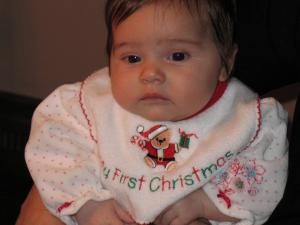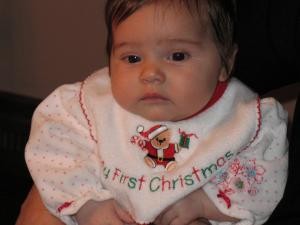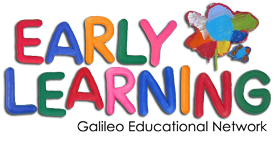
 The following examples are excerpted from authors John D. Bransford, Ann L. Brown and Rodney R. Cocking in How People Learn: Brain, Mind, Experience, and School (National Academy Press, 2000).
The following examples are excerpted from authors John D. Bransford, Ann L. Brown and Rodney R. Cocking in How People Learn: Brain, Mind, Experience, and School (National Academy Press, 2000).
- Babies can control their own sensory environment: A silent film was shown to infants between five and 12 weeks old. Each baby had a pacifier, which was attached to a pressure switch that controlled the film projector. The researchers (Kalnin and Bruner, 1973) found the infants quickly learned to suck at a given rate in order to bring the film into focus.
- Babies can count: Another experiment (Cranfield and Smith, 1996), had infants view a pattern of flashing pictures. The pictures would flash twice on the left side of a screen and then three times on the right. Once this alternating pattern was established, the researchers watched the infants’ gaze as the visual pattern continued. If the baby was still looking at the left side of the screen after one flash, but then shifted his or her gaze to the right side after the second picture appeared, then it was assumed a distinction had been made between one, two and three events. Using this procedure, infants as young as five months old have shown they can count up to three.
- Other studies have determined during the first year of life, children successfully learn that objects need support to prevent them from falling, still objects move when they come into contact with moving objects, and inanimate objects need to be propelled into motion.

